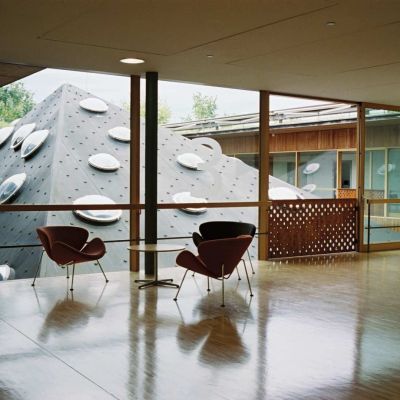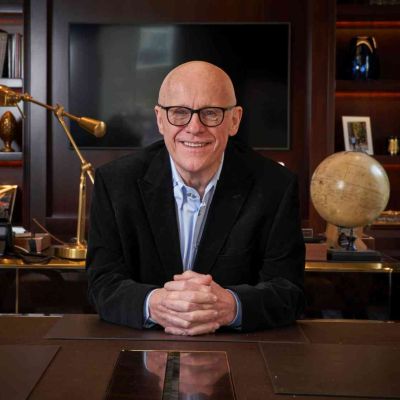Contemporary Jewellery Pushing The Boundaries Of Craft
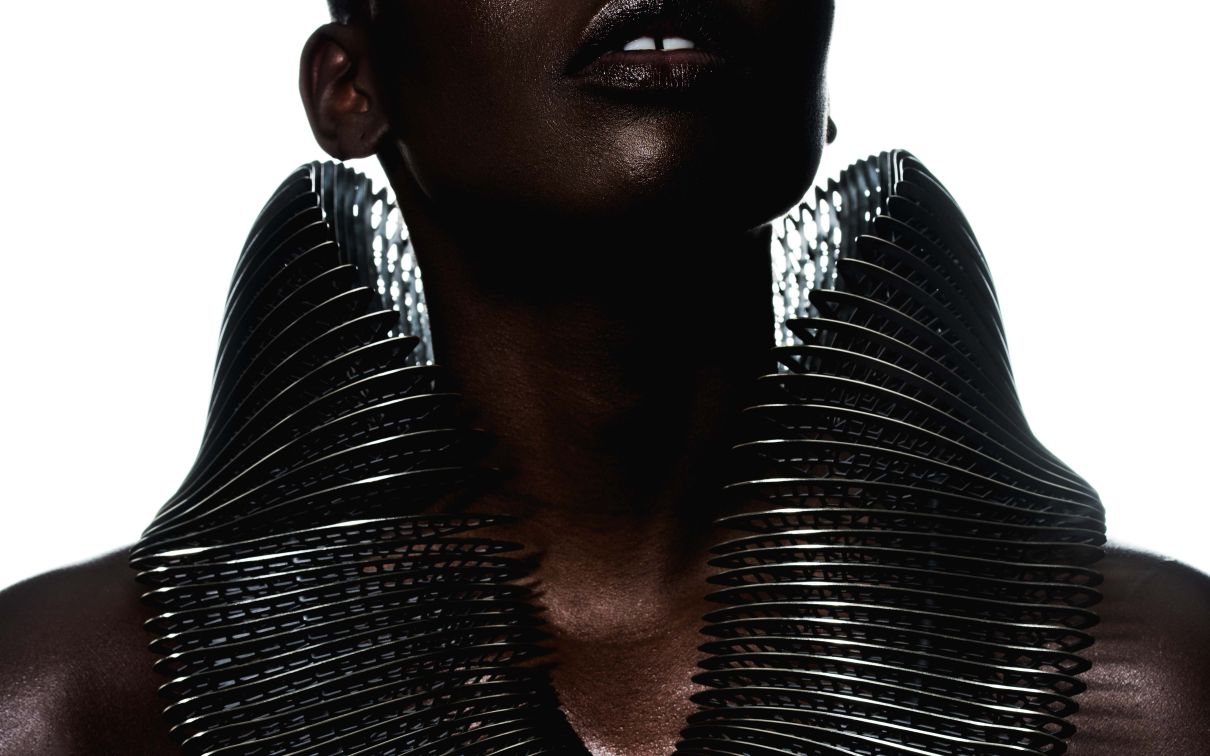
At Goldsmith’s Fair in London, jewellery pushes boundaries, with 3D-printing and laser-welding side-by-side with intricate hand skills.
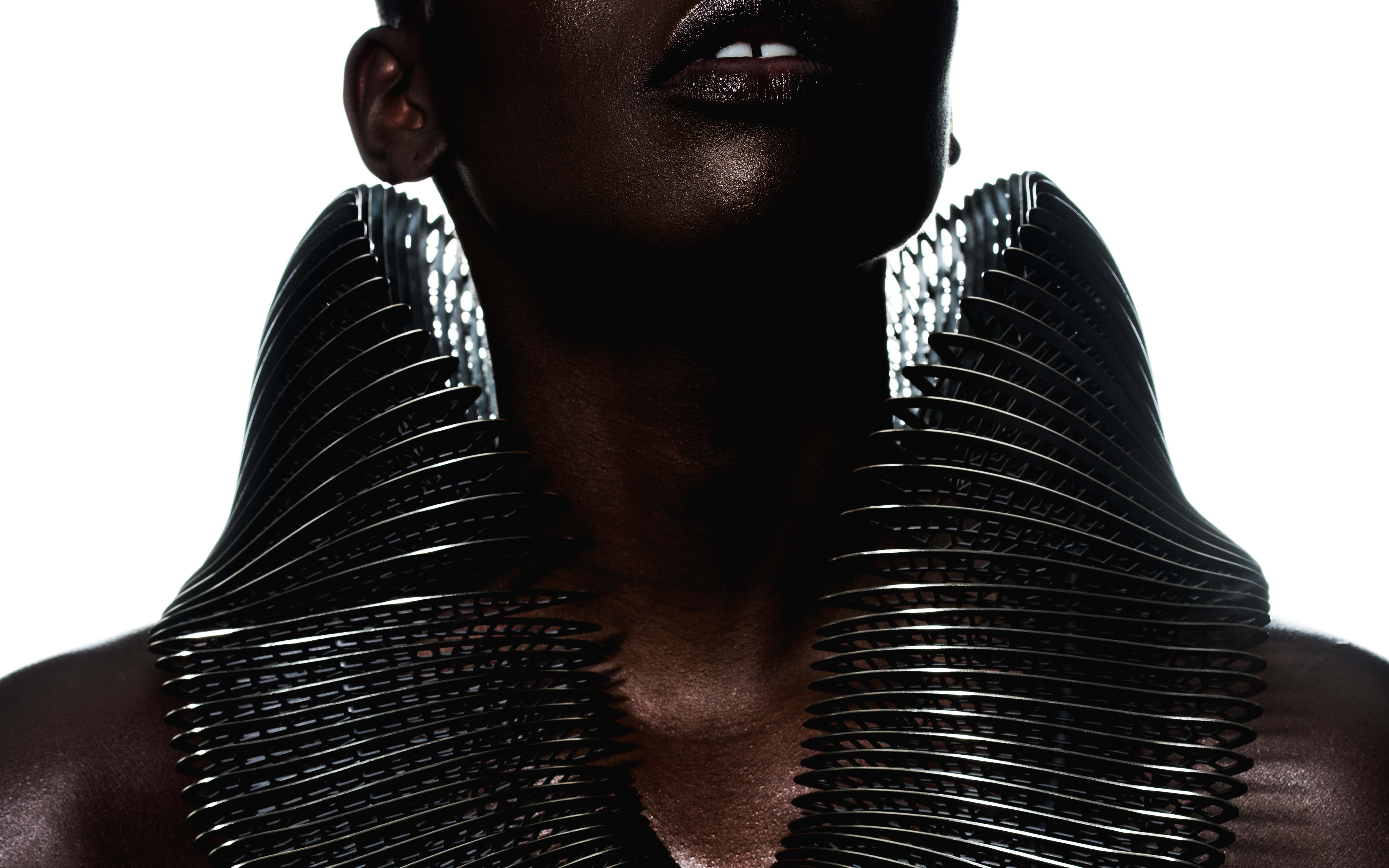
One of Britain’s longest established institutions – granted a Royal Charter in 1327 - is still a vibrant, energetic and forward looking organisation today. It is the Worshipful Company of Goldsmiths, one of the core livery companies in the City of London.
The livery company stages an annual Goldsmiths’ Fair in the autumn where over one hundred and thirty jewellers of many different nationalities exhibit, sell and discuss bespoke commissions in the historic and elegant ‘hall’. These exhibitors have three essential elements in common; they live in the UK, they are the crème de la crème in skills and they use precious metals in their pieces, whilst their work spins out into works of art in diverse directions.
The oft used illustrations of aged craftsmen hammering out their pieces certainly do not apply here, as the latest technology is frequently now seen with both 3D printing and laser welding being used to great effect. Traditional gold and silversmith skills still maintain their lustre and appeal enhanced by fabulous gems, together with other intricate elements such as enamelling. These most exciting pieces can sell for six figure sterling prices and beyond where the collectors dominate with certain jewellers. However, there are attractive pieces at less than three hundred pounds; the individual jewellers’ prices do not have to bear the heavy marketing costs of the famous jewellery brands so represent excellent value.
You can buy ready-made pieces; some are one-off and others from very short series. However, many enjoy discussing a potential commission with the craftsmen who both design and make bespoke pieces to fit your every whim. Here are some of the best.
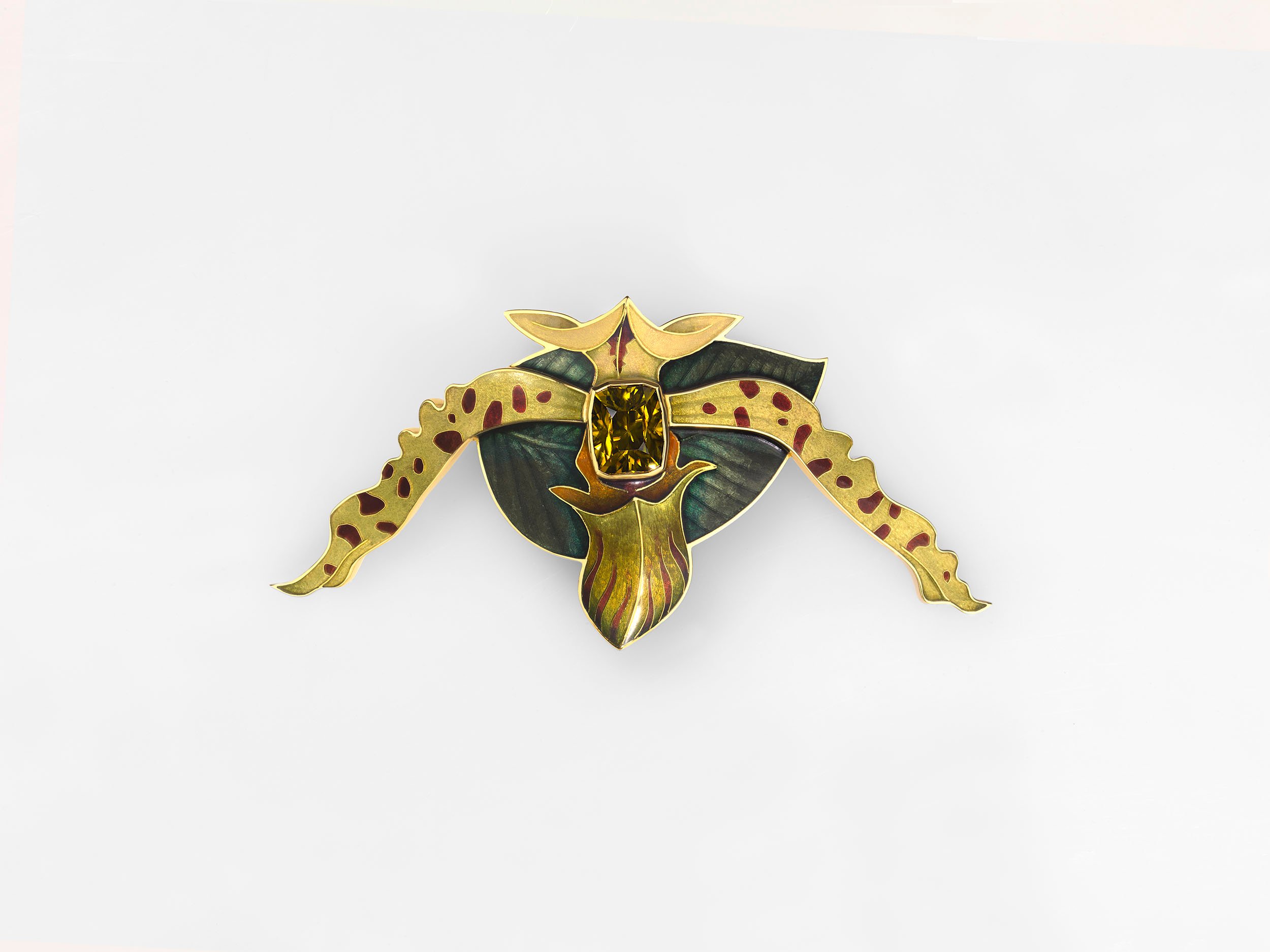
Tom Rucker; a serious German who has a great sense of humour, produces his pieces in platinum using laser welding with extraordinary accuracy. The accuracy is simply down to hand skills; he has not found any machines that can relieve him of achieving the tolerances he needs in the complex structures of his works. Defying scientists’ declarations that it is not possible to produce blue and, more recently, pink hues in platinum, he has a patented a technique to prove them wrong.
Kayo Saito; her work, mainly in gold or silver, has an ever evolving style that relates to leaves and other forms of nature, rarely featuring flat surfaces or straight lines. The finishes are textured and lustrous but the sheen of polished edges lifts and defines the shapes. The lightness of touch in the design of her pieces which use gold or silver sparingly provides a fluidity of line when her jewellery is worn.
Ingo Henn; he specialises in producing coloured gems and very expensive, rare semi-precious stones. The designs are invariably bold but the detailing of the design creates a sophisticated elegance. He uses diamonds to great effect to create a sparkle to complement the colour of the main stones; he also often incorporates enamels into the design. A particularly attractive and rare piece was a large aquamarine from Brazil’s famed Santa Maria mine. The stone was held in a jeweller’s own collection for decades, it was recently exquisitely carved into a celestial lion’s head.
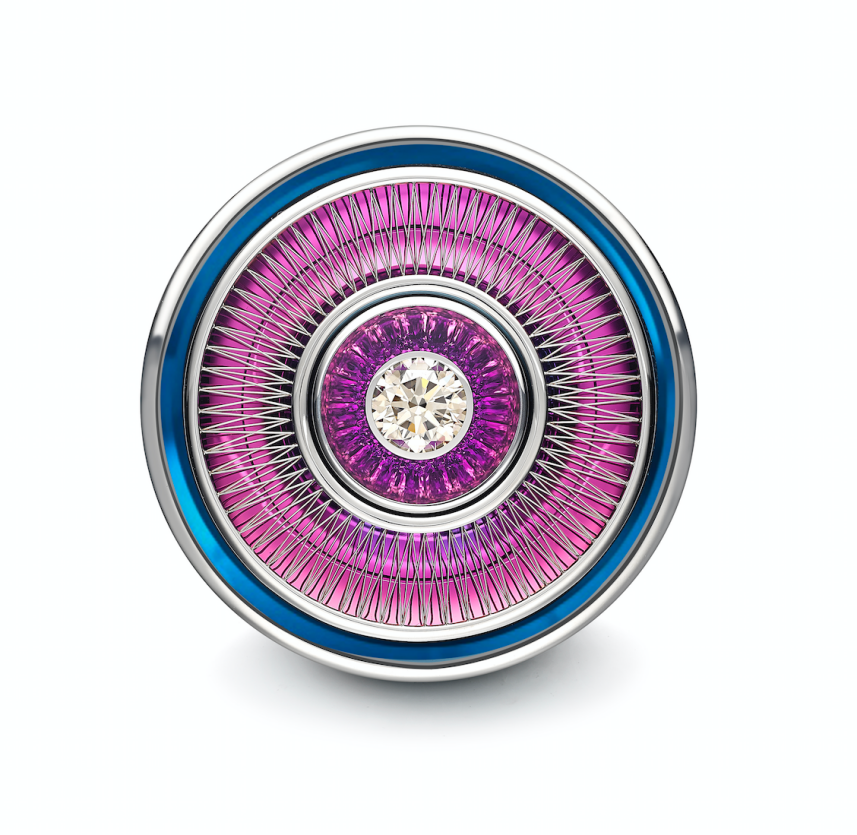
Fred Rich; his speciality is enamel although he is also a carver, engraver and silversmith. He is a multi-award winner and his pieces are displayed in both the British Museum and London’s V&A. The work is extraordinarily intricate sometimes, on large pieces, needing up to 40 firings. His pieces range from rings and brooches through beakers to large jugs, Fred is widely collected with most of his work now being made to commission.
Benjamin Ryan; gold jewellery is only a small part of his portfolio, which includes a recent pair of salt and pepper grinders in a spectacular design using gold with diamonds, priced at £50,000. Other tableware includes a bowl made for the 2012 Olympics with 175 running spikes to commemorate the number of British athletes competing. He was chosen by Princess Anne to design and make a Perpetual Master’s Badge. To stop people in their tracks, he designed and made a large Terrestrial Globe based on the first English map of the world (1600). It is displayed at Shakespeare’s former home.
John Moore; extroverts will indulge in his outlandish but finely detailed and engineered creations; his dramatic necklaces ensure the wearer will be the focus of attention. Originality, movement and flowing lines are emphasised by contrasting finishes; black with a spread of white diamonds or a kaleidoscope of vibrant colours. Other works in combinations of gold and silver, frequently coloured, are more discrete frequently taking multiples of leaves to create a layering and depth of texture. Ten awards and accolades in a decade reflect the innovations and excitement built into his pieces.
Goldsmiths Fair: www.goldsmithsfair.co.uk







